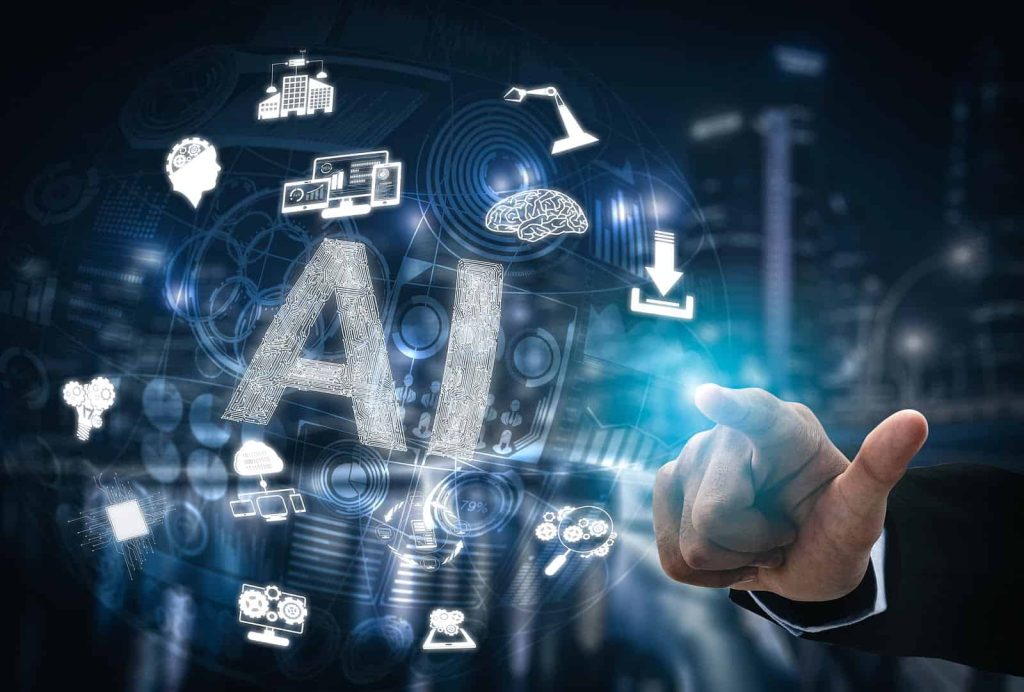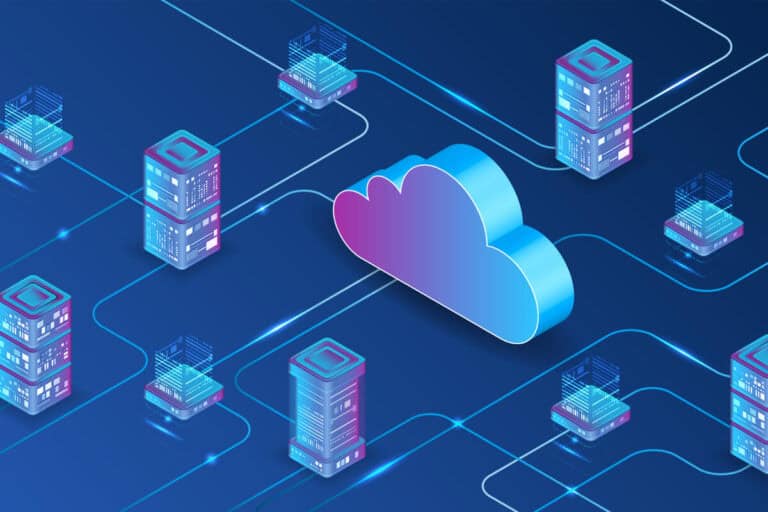Introduction: The Power of AI Data Analytics
We are living in an era of Artificial Intelligence (AI) assistance. AI helps us with the interpretation of large volumes of data, streamlines data analysis, and offers deep insights.
Table of Contents
ToggleAI is emerging as a powerful analysis tool for in-depth data exploration, unveiling hidden patterns, and forecasting with greater precision.
AI is helping redefine efficiency and open up new possibilities through automation, sophisticated analysis, and predictive insights.
What is AI-Driven Data Analytics?
AI-Assisted data analytics transforms raw data into actionable insights using Artificial Intelligence tools and techniques.
This advanced process employs AI tools, machine learning, artificial intelligence, training data, and data analysis, going beyond traditional analytics to discover trends, predict outcomes, and offer valuable insights for decision-making.
It leverages natural language processing and machine learning models (MLM) to analyze and interpret data, making it an essential tool to streamline data analysis.
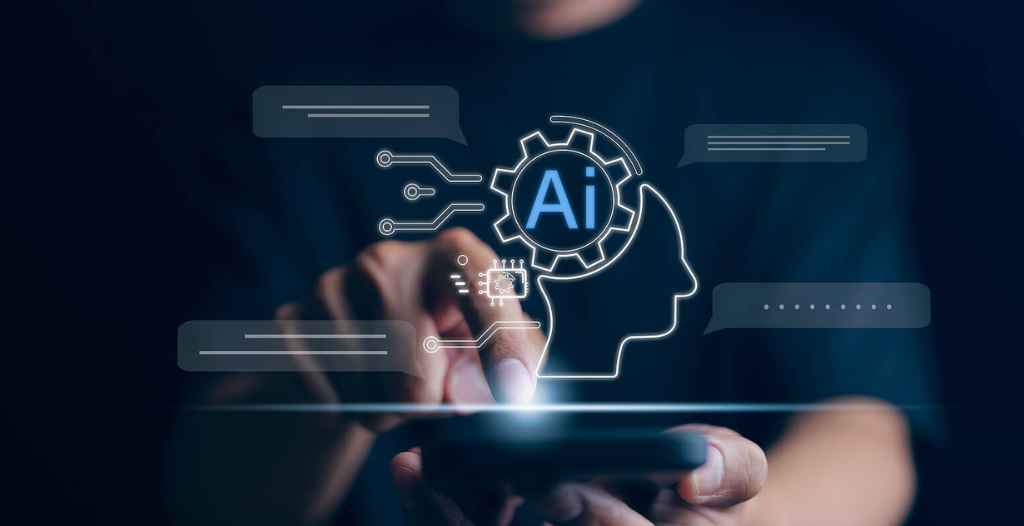
The Top AI Analytics Tools in the Shed
The world of AI driven analytics is brimming with AI tools, each promising to be the next big thing. Some can even process unstructured data contained in audio files. But which ones really stand out from the crowd? Here are a few that have proven their worth:
AI Tools for Data Analysis
These AI tools for data analysis enable data scientists and data analysts to create predictive models that become smarter with each data point. Here are some examples:
TensorFlow
Developed by Google, TensorFlow is an open-source machine learning framework that enables developers and data scientists to build and deploy complex machine learning models. Features include:
An extensive library of tools and resources for deep learning and machine learning tasks.
Flexibility in building models from scratch or using pre-built models for tasks like image recognition and natural language processing.
Scalability allows models to run on various devices, from smartphones to large computing clusters.
PyTorch
Created by Facebook’s AI Research lab, PyTorch is another open-source machine learning library widely used for applications in computer vision and NLP. Its features include:
Dynamic computational graph that provides flexibility and ease-of-use in building complex models.
Strong support for deep learning with tools and libraries specifically designed for neural networks.
A vibrant community that contributes to a vast ecosystem of tools and libraries, enhancing PyTorch’s functionality.
IBM Watson
IBM Watson provides a suite of AI services and machine learning tools designed to bring AI into various business applications. Its key features include:
Pre-built applications for specific tasks such as language, speech, and vision analysis, making it easier for organizations to implement AI solutions.
A powerful question-answering system that can process and analyze large volumes of data to provide insights and answers.
Tools for building, training, and deploying MLM on the cloud, offering scalability and ease of access.
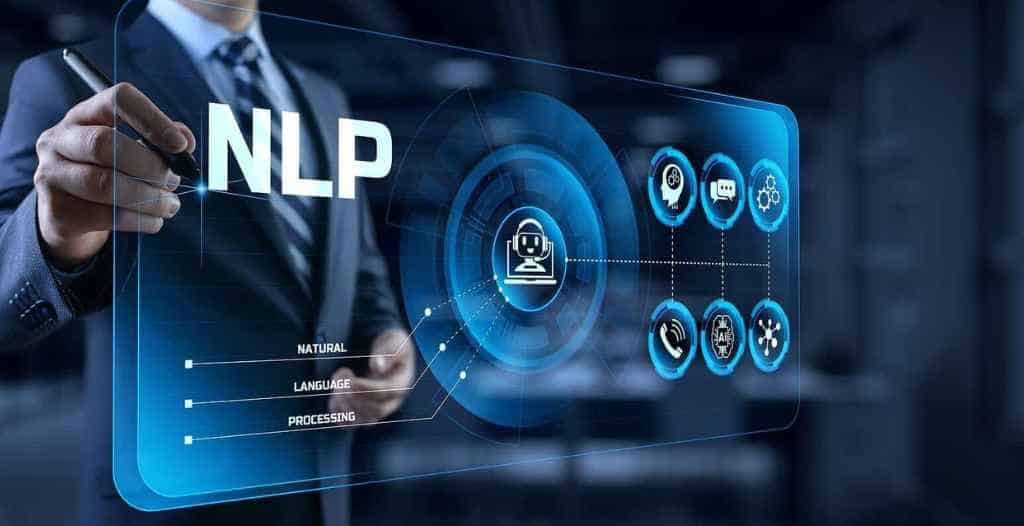
Natural Language Processing (NLP) tools
They can sift through text data, making sense of human language in a way that opens up new avenues for data analysis. Here are three good tools:
Google Cloud Natural Language API
This powerful Google Cloud service utilizes machine learning algorithms to understand and analyze text from multiple sources. Its features include:
Sentiment analysis to gauge the emotional tone behind a body of text.
Entity recognition identifies and labels common entities in text, such as names, locations, and organizations.
Syntax analysis to break down sentences into tokens (such as nouns, verbs, adjectives) and understand the relationship between them, enhancing the ability to extract meaningful information from complex sentences.
NLTK (Natural Language Toolkit)
An open-source Python library that provides easy-to-use interfaces and a suite of text-processing libraries for classification, tokenization, stemming, tagging, parsing, and semantic reasoning. Its features include:
A comprehensive set of libraries for various NLP tasks, making it ideal for education and research.
Support for classification, tokenization, stemming, tagging, and parsing, enabling researchers and developers to build custom NLP applications.
A large corpus of data and lexical resources, such as WordNet, aids in tasks like machine translation, word sense disambiguation, and sentiment analysis.
spaCy
Known for its speed and accuracy, spaCy is an open-source library for advanced NLP in Python. It’s designed for practical, real-world tasks and features:
Highly efficient and accurate statistical models for various languages, useful for tagging, parsing, and entity recognition.
An easy-to-use API that allows developers to build applications involving large volumes of text quickly.
Support for deep learning workflows that can be integrated with TensorFlow, PyTorch, and other machine learning libraries, making it a versatile tool for developing complex NLP applications.

AI Tools for Data visualization
These AI tools for data visualization turn complex data sets into understandable, interactive visualizations, making it easier for the data analysts to identify patterns and insights. Let’s review the following examples:

Tableau
Tableau is a powerful and widely-used visualization tool that helps individuals and organizations transform raw data into easily understandable visual formats. Features include:
Intuitive drag-and-drop interface that allows users to create complex charts and visualizations without the need for programming.
Ability to connect to various data sources, including databases, spreadsheets, and cloud services, to gather and analyze data in real-time.
Advanced analytics capabilities, such as trend analysis, predictions, and statistical summaries, which can be integrated into visualizations for deeper insights.
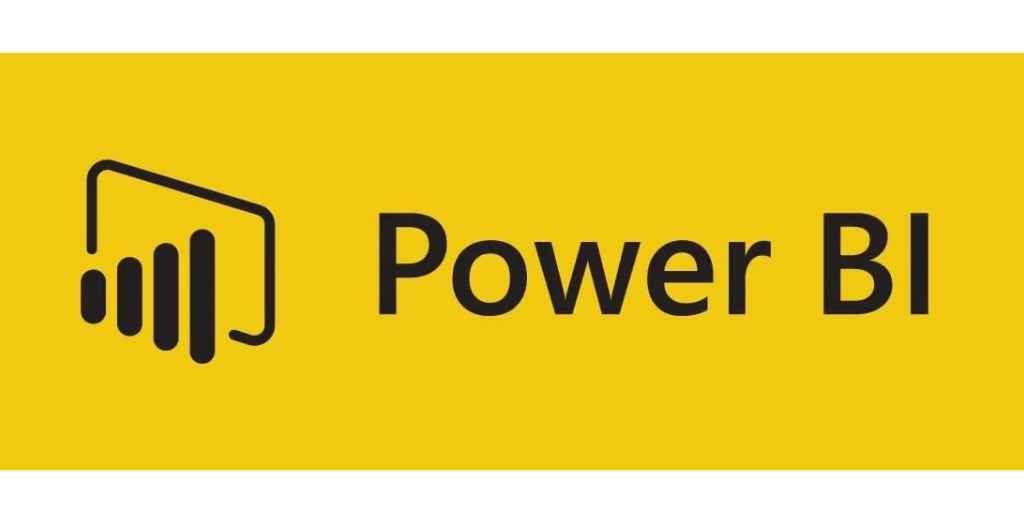
Microsoft Power BI
Power BI is a suite of business analytics tools offered by Microsoft, which provides comprehensive analysis and visualization capabilities. In my experience, at Actian we ran a hackathon to create visual dashboards using data from the Vector analytical database. Power BI was the most popular tool choice. Its features include:
Robust data connectivity options, enabling users to import data from a wide range of sources, including Excel, SQL Server, and cloud-based repositories.
Interactive dashboards and reports that can be shared across an organization, allowing for collaborative data exploration and decision-making.
AI-powered features, such as natural language queries and machine learning-driven insights, enhancing the depth and accessibility of these data analysis tools.
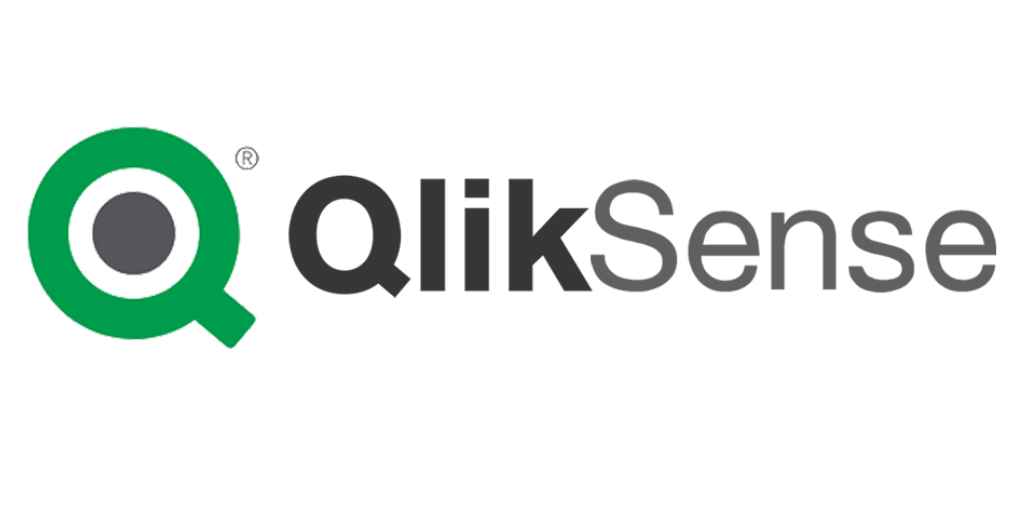
Qlik Sense
Qlik Sense is a self-service business intelligence, data analytics, and data visualization platform tool known for its associative analytics engine, which helps users uncover hidden trends and patterns in data. Features include:
A responsive and intuitive interface that adapts to any device, offering a seamless experience for creating and interacting with visualizations.
The unique associative model enables users to explore data freely without being limited by predefined queries, revealing insights that might not be immediately apparent.
Allows third-parties to create navigational templates which are made available to all users.
Advanced augmented analytics features, with predictive capabilities such as insight suggestions and automated analysis, guide users toward significant discoveries within their data
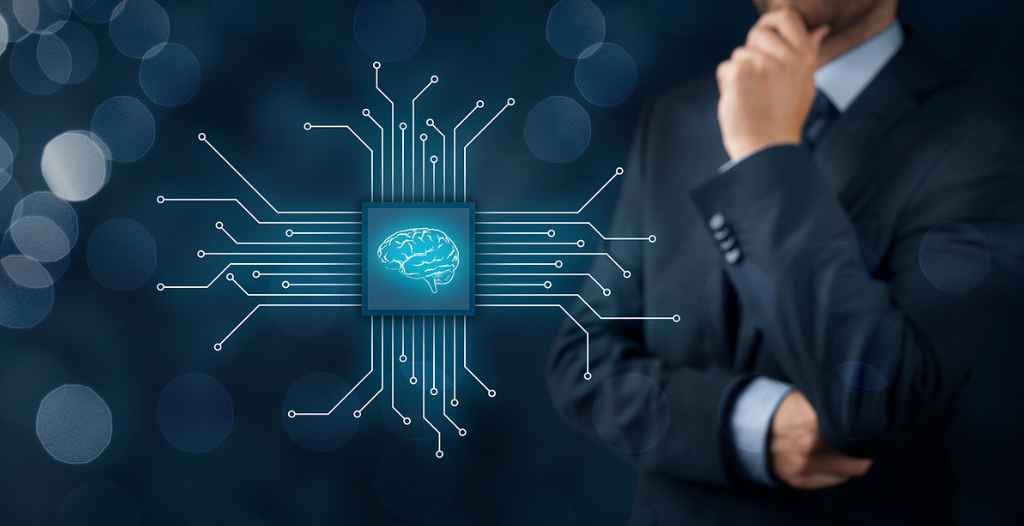
AI Analytics in Action: Real-World Applications
You might be thinking, “All this sounds great, but how does it play out in real life?” AI data analysis is practical, with varied and impactful applications.
In healthcare, AI tools analyze data from patient records to predict disease outbreaks, improve diagnoses, and personalize treatment plans.
Retail giants use AI-guided data analysis to understand customer behavior, optimize inventory levels, and enhance the shopping experience.
Financial institutions leverage predictive analytics and machine learning models to detect fraud, manage risk, and personalize customer services.
The beauty of AI analysis lies in its ability to analyze data efficiently and accurately lead to breakthroughs in business intelligence that were previously beyond reach.
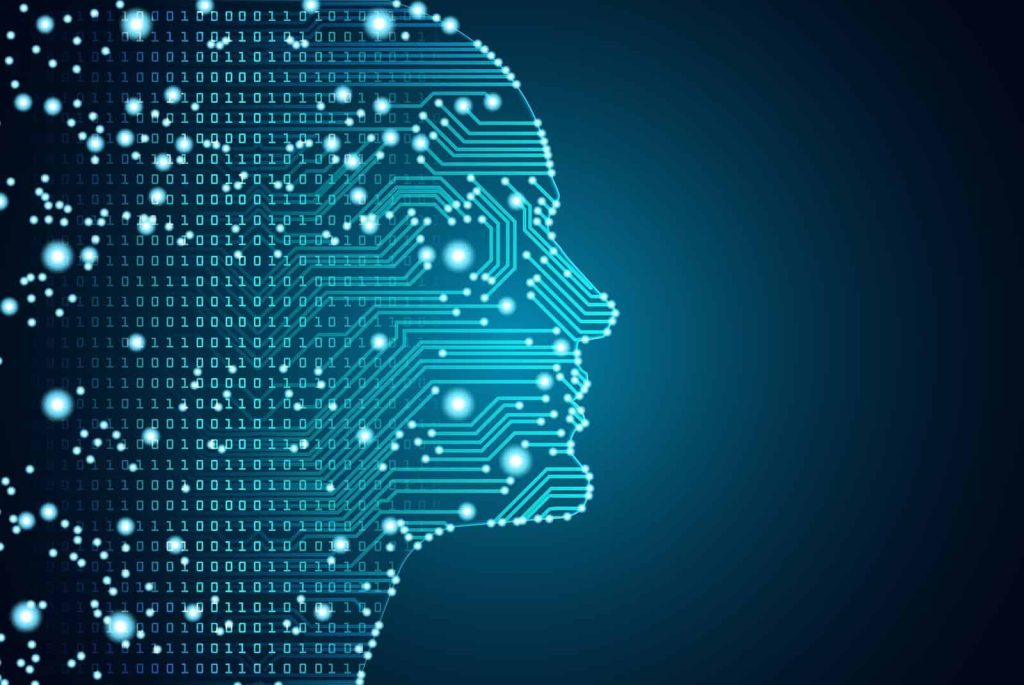
How AI Data Analytics is Shaping Industries
The impact of AI-driven data analytics is transformative from agriculture, where AI tools help optimize crop yields and reduce waste, to transportation, where data-driven insights improve efficiency and safety, the influence is profound.
But it’s not just about improving efficiency or cutting costs. Analytics is also about fostering innovation, creating new business models, and delivering experiences that were once unthinkable.

Getting Started with AI Data Analytics
Ready to dive into the deep end? Here’s the good news: starting with AI data analysis doesn’t have to be daunting.
The key is to start small, focus on a specific problem or question, and gradually expand your capabilities. Here are a few tips to get you rolling:
Identify your goals
What do you want to achieve with AI-assisted data analysis? More efficient operations, better customer insights, deeper data analysis or perhaps something more innovative?
Gather your data
Quality data is the lifeblood of AI analysis. Ensure you have access to reliable data sources, and don’t underestimate the importance of data cleaning tasks such as removing outliers that would skew results. Process data to get the most valuable insights.

Choose the right tools
Based on your needs and the complexity of your data, select AI tools, AI algorithms, AI models and platforms that align with your objectives.
The business has its own data that can be historical data, large and complex datasets. Many tools are narrowly targeted at data engineers to prepare for data science.
Many tools excel in aspects such as data collection, data handling, and automatically sort data. Others apply deep learning models are used for analyzing data, applying different analysis methods, or helping to visualize data to uncover key insights.
Exporting data analysis to Google Sheets, having native Excel integration is important for large datasets but other AI-powered features such as the ability to be used as a forecasting tool, and applying various trained AI models to identify trends is more important for data-driven decisions. A no-coding platform that applies deep learning algorithms, to any new data can be key for any data-driven organization.
Build your team
Whether it’s hiring data scientists, training your existing data analysts, or partnering with experts, having the right data teams on board is crucial for the tight data analysis process.
Learn and iterate
AI data analysis tools are constantly evolving. Try different AI algorithms on relevant data that results in the best outcomes.
Try more complex datasets and automate repetitive tasks. Stay curious, keep learning, and don’t be afraid to experiment to gain valuable insights.

The Future Is Bright: What’s Next in AI Data Analytics
The future of AI-driven data analytics is on an exciting trajectory, marked by constant evolution and groundbreaking advancements.
Deep learning is at the forefront, bringing profound insights from complex data, like images and videos, thanks to advanced models and computer vision techniques.
Meanwhile, AI accessibility is on the rise, with new platforms and tools simplifying analytics across organizations of all sizes, fostering a culture of data-driven decision-making.
At the same time, the ethical use and data security of AI are receiving increased attention, underscoring the importance of responsible AI practices and robust security frameworks.
Together, these developments herald a shift towards more sophisticated, accessible, and secure applications in AI tools, promising to make each data analyst more valuable.
Conclusion: The Essence of AI Data Analytics
Clearly, AI data analysis, field represents a significant shift in how we interpret data, make decisions, and plan for the future.
With a powerful AI analytics tool, data analysis transitions from a daunting task to an engaging journey for every data analyst and data scientist filled with innovative solutions like machine learning, data visualization, and predictive analytics.
These tools find application across a spectrum of industries, from healthcare to retail, showcasing their vast potential to revolutionize various sectors.
AI-assisted data analysis is more accessible than ever, not just an AI tool for the data scientist. Emphasizing the importance of leveraging the appropriate AI tool and encouraging business users to be receptive to the insights that data can offer in driving better data-driven decisions.
Businesses need to explore current AI data analysis capabilities today so they are ready for the rapid and exciting developments that are just around the corner. Your existing AI tool is evolving and gaining new AI data analysis features that provide a familiar starting point.
For everyone, from data science professionals, data analysts to business leaders, AI data analysis opens a world rich with opportunities for discovery, innovation, and growth.

